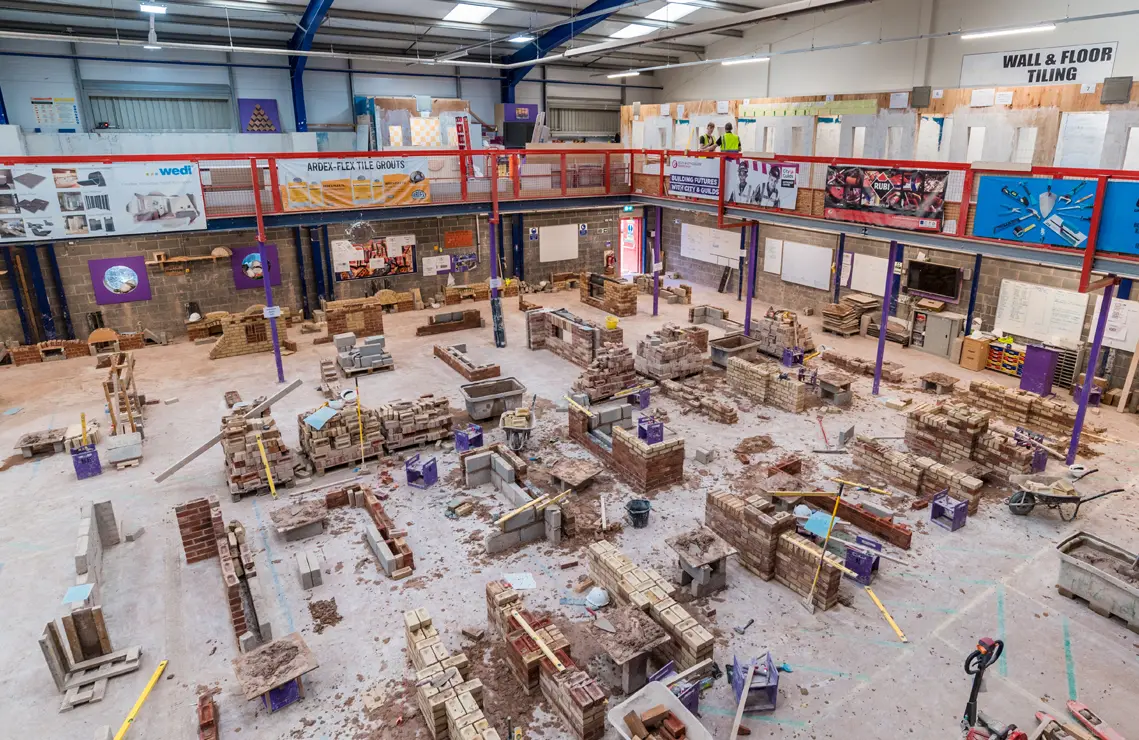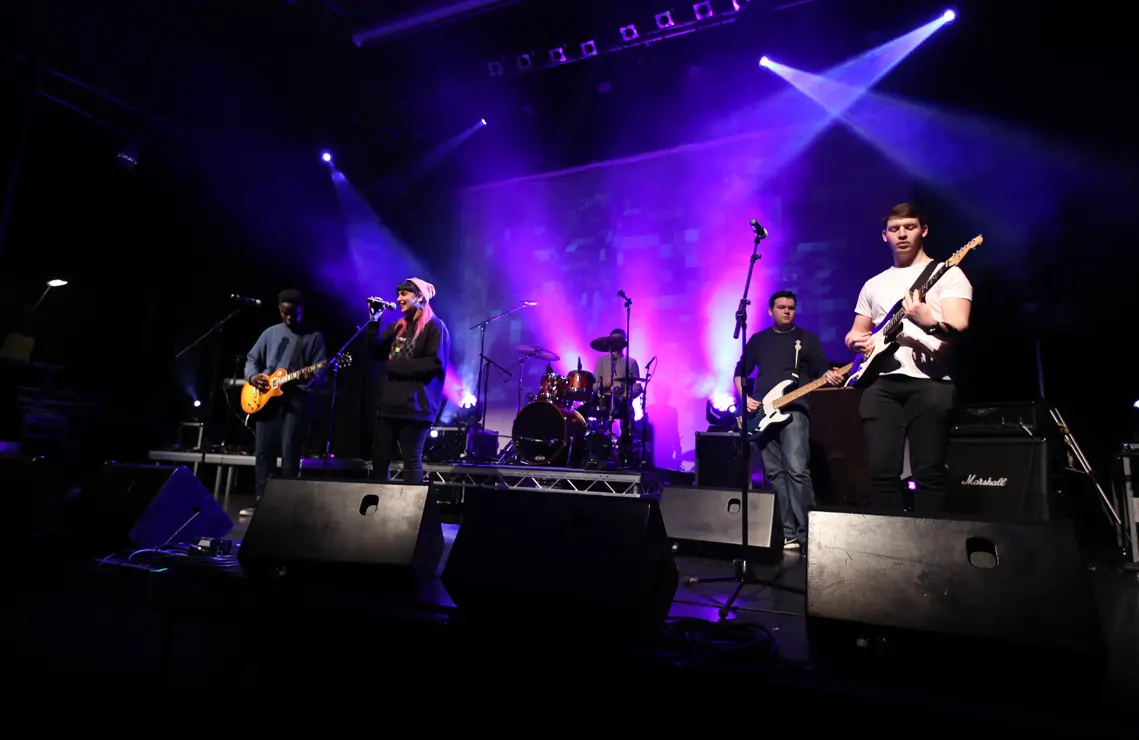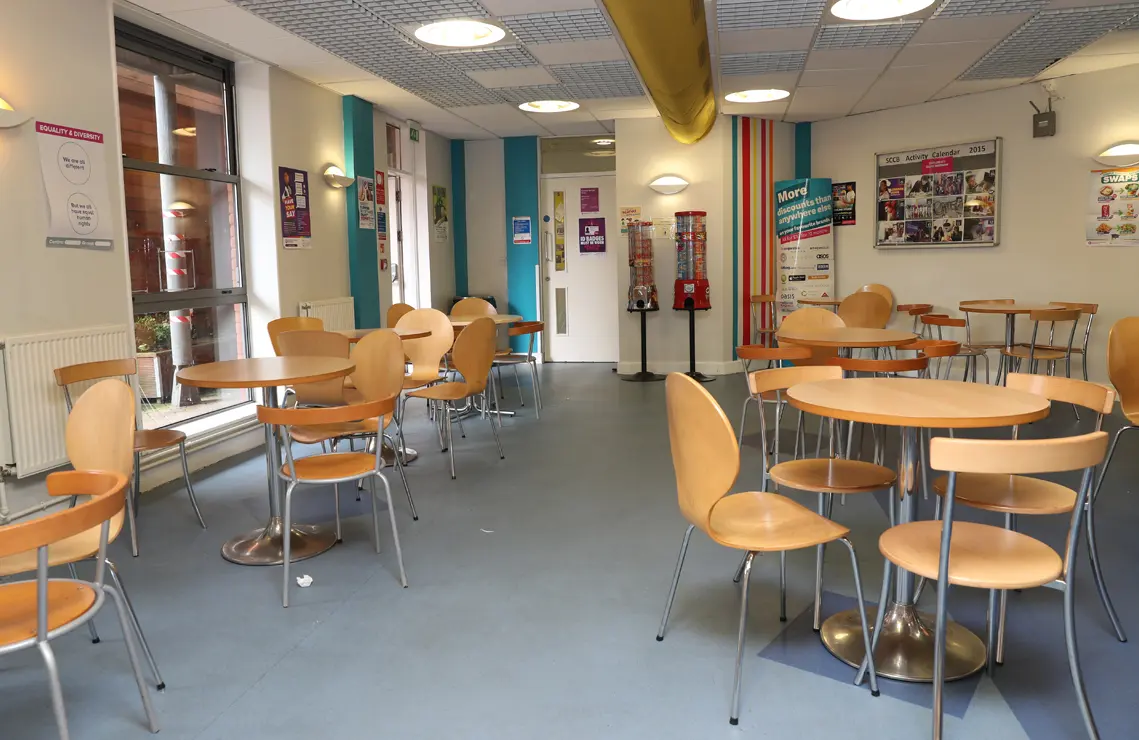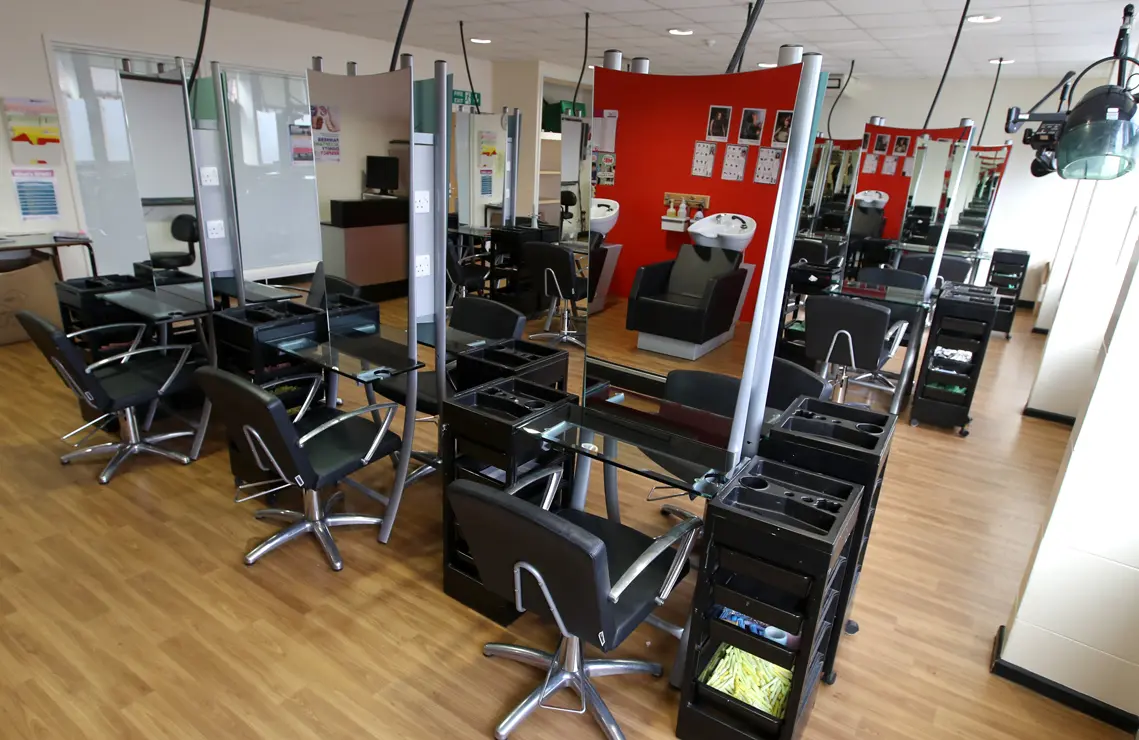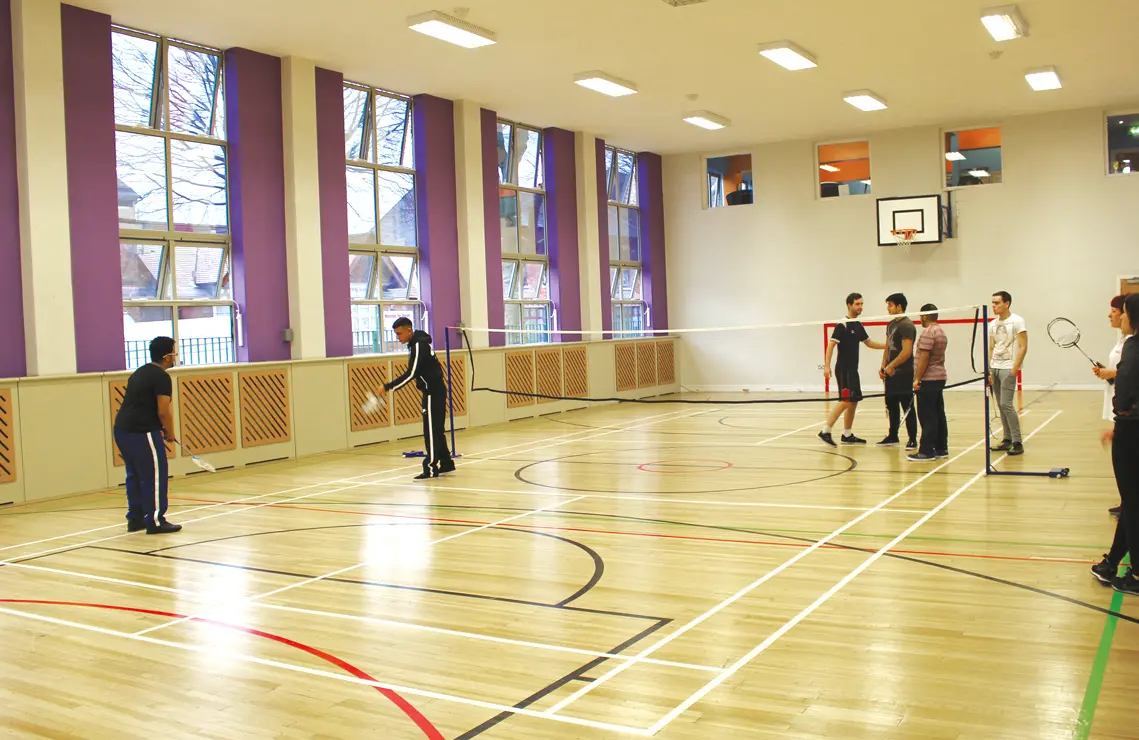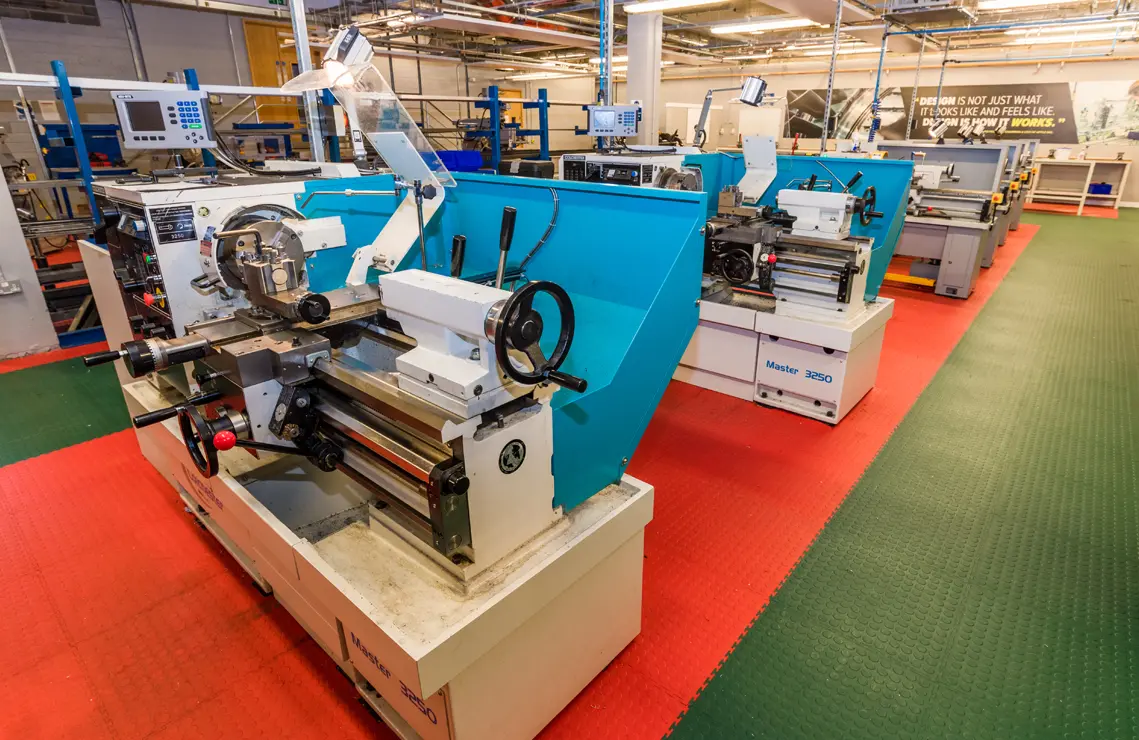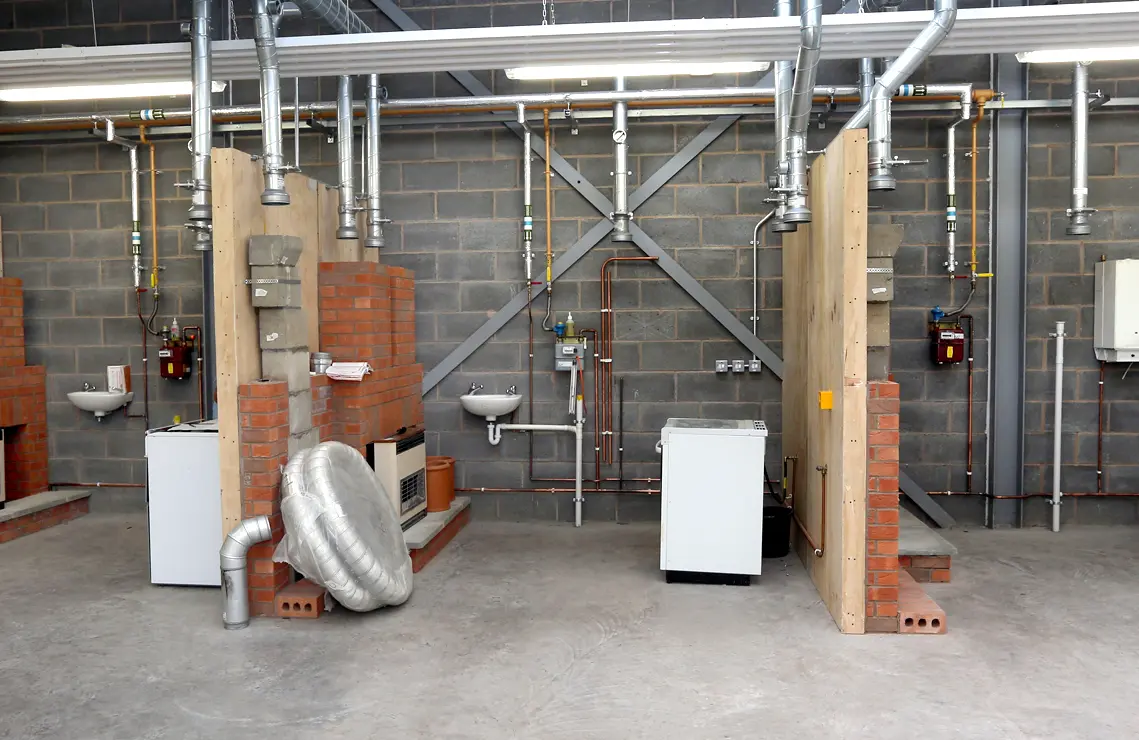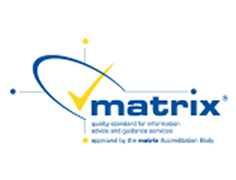Search our courses
What type of learner are you?

School Leaver
Are you 16-18 years old? We have a range of post-16 options, including A levels, vocational courses, apprenticeships and the T-level qualification
Read more
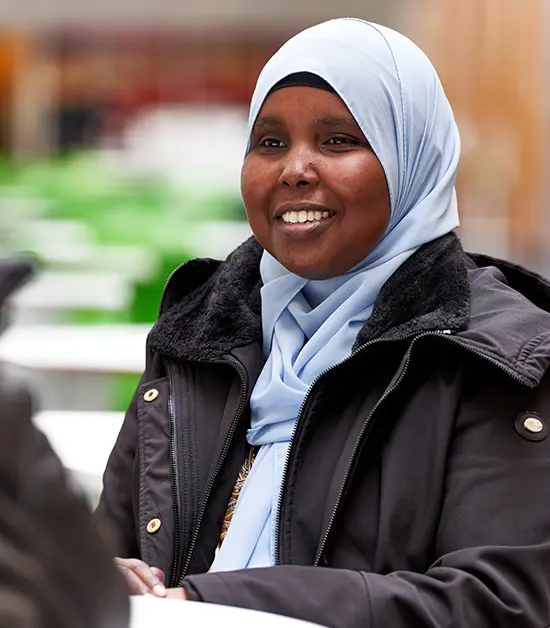
Adult Job Seeker
Prepare for employment with our wide range of courses and training programmes.
Read more

Apprenticeships
Earn as you learn, benefit from hands-on training, and get a professional, nationally recognised qualification on one of our apprenticeship courses.
Apprenticeships
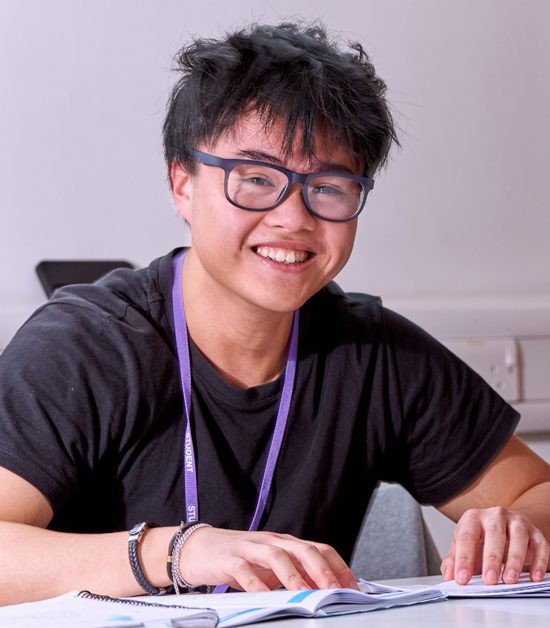
International
Join one of the UK’s most successful government-funded colleges. Learn alongside students from more than 100 countries in the diverse city of Birmingham.
Read more

Foundation Learning
We put measures in place to help all of our students reach their full potential. Explore our range of Foundation learning courses.
Read more
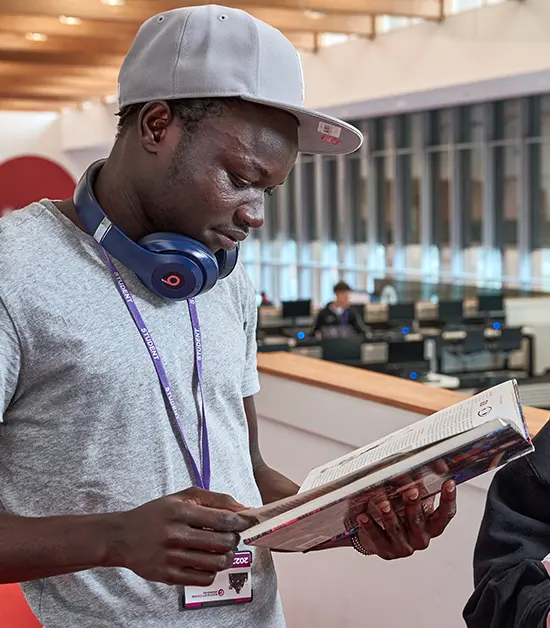
Access to HE
A one-year Level 3 qualification that prepares learners without traditional qualifications for study at university.
Read more
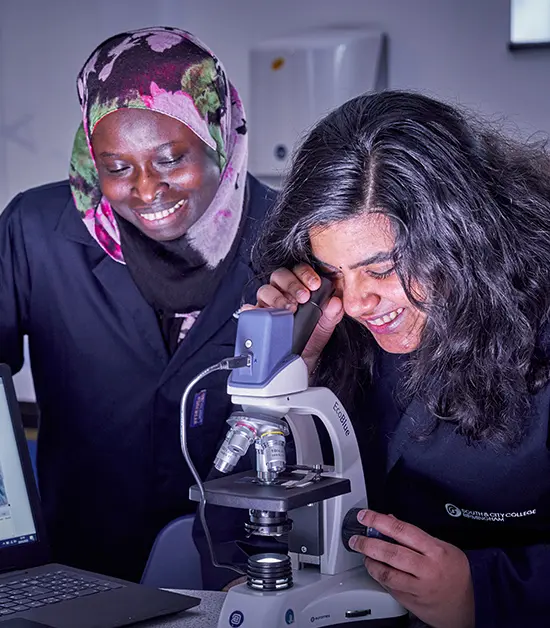
Adult Education
Whether you want to further your career, build your own business or learn for fun, discover a range of courses that work for your lifestyle.
Read more

Academy (14-16yrs)
South & City Academy, based at our Longbridge campus, provides access to outstanding vocational activities and learning pathways for ages 14+.
Read more

Online Learner
Learn new skills, gain professional qualifications, and build your career your way on one of our online courses.
Read more

University Level
Enrol on one of our university courses and benefit from our dedicated university centres, experienced tutors, and our strong links with employers.
Read more
ESOL
SCCB offers a big range of courses for English speakers of other languages. Find out more on the courses we provide and how we can support you.
Find out more


